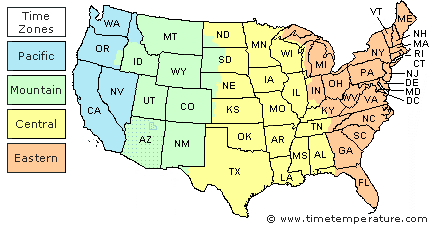 I have returned to the Mountain Time Zone and the arid southwest. This is a terrain I love, and I am overjoyed to be here again. I started out my adult life in Tucson, AZ at the U of A, then later lived in Colorado and Wyoming.Now: Idaho. I lived a few other places here and there but have always been drawn back to the Rockies. I define my “home” as up one side of the Rockies and down the other, which should explain why I am overjoyed. The Rockies technically begin at the Rio Grande, a point farther north in NM. At the moment, I am outside of Deming, NM to the south. When I travel again, I will enter the grand Rocky Mountains and won’t leave again (Northern Idaho is part of the Rockies) on this trip.
I have returned to the Mountain Time Zone and the arid southwest. This is a terrain I love, and I am overjoyed to be here again. I started out my adult life in Tucson, AZ at the U of A, then later lived in Colorado and Wyoming.Now: Idaho. I lived a few other places here and there but have always been drawn back to the Rockies. I define my “home” as up one side of the Rockies and down the other, which should explain why I am overjoyed. The Rockies technically begin at the Rio Grande, a point farther north in NM. At the moment, I am outside of Deming, NM to the south. When I travel again, I will enter the grand Rocky Mountains and won’t leave again (Northern Idaho is part of the Rockies) on this trip.
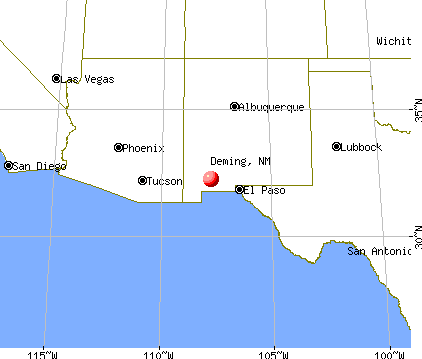
I am trying to make sense of the immigration issues while in New Mexico. In fact, I feel darn lucky to be on the front line (30 miles from Mexico) during this important time for immigrants and refugees. I will continue reading, talking and listening, but would like to share what I have thus far.
 First, to make any sense of border patrol issues, I had to learn how the agency is structured:
First, to make any sense of border patrol issues, I had to learn how the agency is structured:
- The United States Border Patrol (USBP) is a federal law enforcement agency. Its mission is to detect and prevent undocumented migrants, terrorists and terrorist weapons from entering the United States, and prevent illegal trafficking of people and contraband.
- It is the law enforcement arm of the US Customs and Border Protection (CPB), which is part of the U.S. Department of Homeland Security (DHS).
Also important: understanding the length of the border (2000 miles) and the wilderness features of the border patrol regions. The land is harsh, dry, and scarcely inhabited, not a flat shimmering desert of sand but a highly textured and sculpted landscape with cutbanks, washes, and low spots where people can hide.The few towns I sauntered through would make great Hollywood scenery–boarded up buildings, a dusty, dilapidated gas station with roof partially caved in, buzzards circling over something off the road, Roadrunners zipping around between abandoned cars. One day I traveled over 100 miles between gas stations on Hwy 90 in Texas.

Terrain South of Tucson
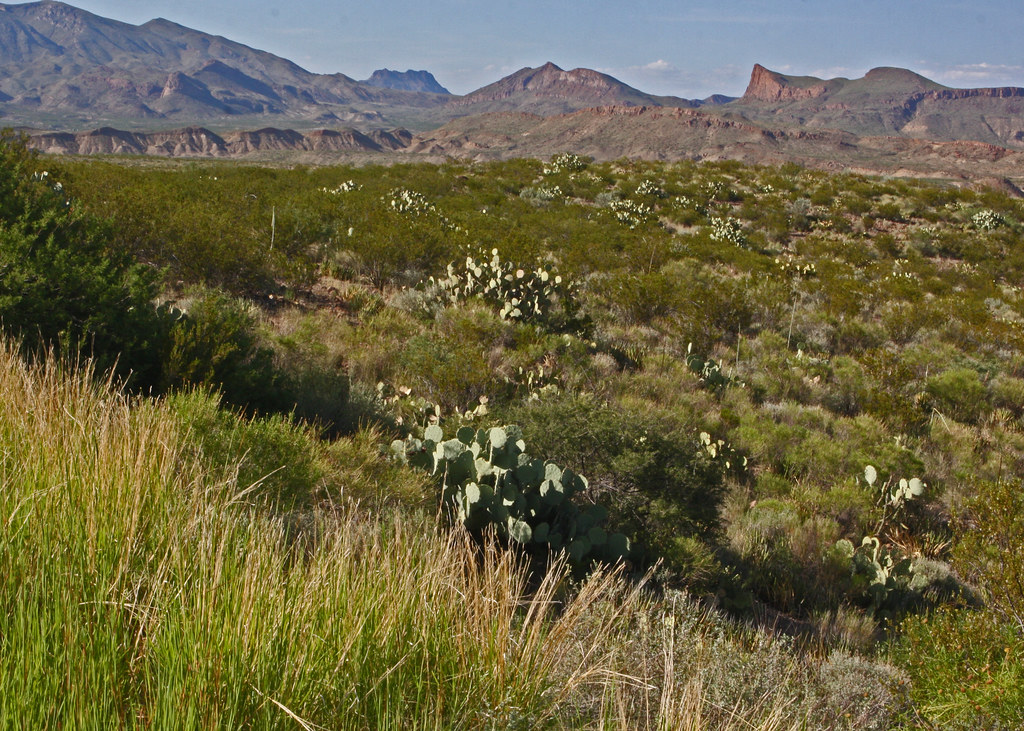
SW Texas
As for the proposed “wall” between Mexico and the US, I have 3 concerns left if I set aside the cost and the selfishness at the core of the plan.
First, I learned that we know where most crossings occur, based on the places where the Border Patrol most often captures illegals. Why build a zillion-mile wall when we could redirect more resources to the hot spots?
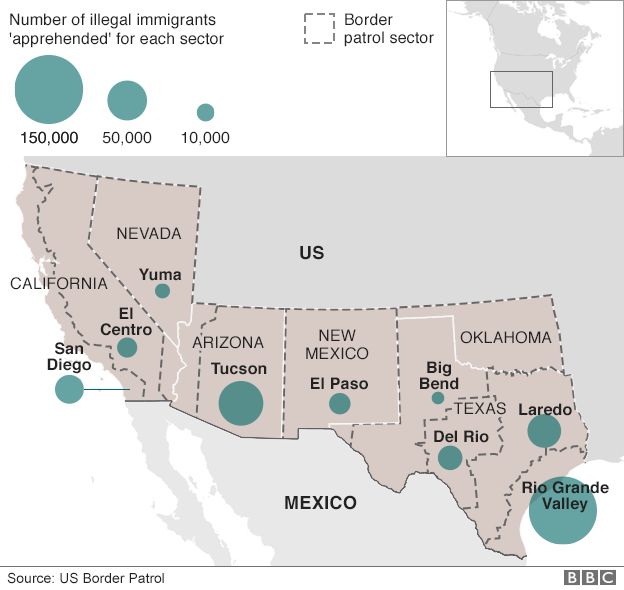
My second concern about a wall is sociological. Our border towns, like Del Rio, TX, usually have “sister” towns across the border. Del Rio and Ciudad Acuna are just one example of sister cities. As I drove down the main street of Del Rio, Mexico stood behind a wire fence on the other side of the street, just past the sidewalk and across the river. Further to the north and west from Del Rio, our train tracks run right on the border.
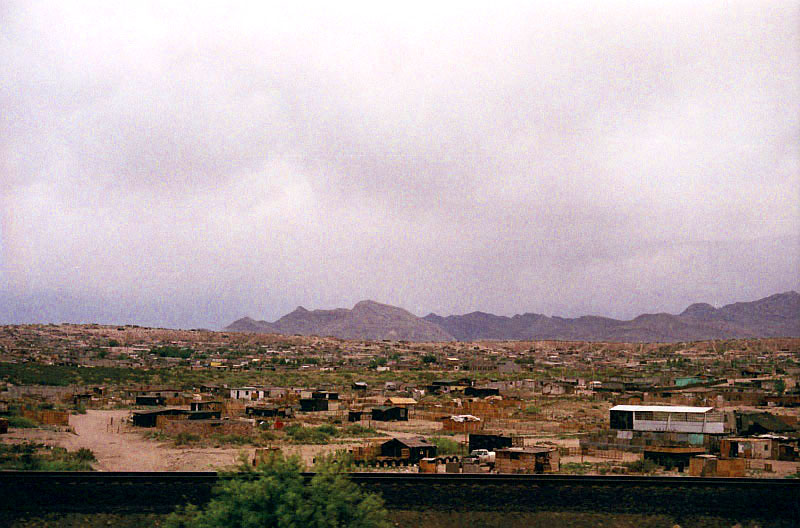
Ciudad Acuna from railroad tracks, taken by a passenger on an Amtrak train!
People from the Mexican side of these communities may cross over to the US to shop and visit family if they can qualify for and afford a Crossing Card, The cost is $160 for a card that allows short-term crossings for 10 years. Applicants must hold a valid Mexican Passport and demonstrate that they have ties to Mexico that would compel them to return after a temporary stay in the United States. A wall and reduced movement over the border would unfairly hurt families and weaken the social fabric of the people living in those towns. Imagine a wall running through the neighborhood where you grew up. Suddenly, granny lives on the other side, away from her grand kids. We would not allow such an atrocity in white neighborhoods and we should not allow it along the Mexican border. Some things, like family bonds, cannot be limited by or defined by a border.
My third concern is ecological. Animals are already under stress from climate change, and a wall across their range could be a catastrophe. As reported by Bioscience, “A group of Arizona park and refuge managers, wildlife biologists, and conservationists has charged that building a wall along the US–Mexican border to keep illegal immigrants and drug smugglers out of the United States will fragment the Sonoran Desert ecosystem, damage the desert’s plant and animal communities, and prevent the free movement of wildlife between the United States and Mexico. A border wall would affect any animal along the border that “walks, crawls, or slithers,” argues Brian Segee, a staff attorney with Washington, DC–based Defenders of Wildlife. “Anything that doesn’t fly would find its routes blocked.”Actually, low-flying birds such as the cactus ferruginous pygmy owl might be affected as well.”

Mule deer in an area of AZ that is already fenced
Besides, as I just learned, our border patrol is making headway on every front. Most of us remember the panic from a few years ago when women and children, fleeing from gangs and sexual violence in Central America, overwhelmed our border. And of course, the recent rhetoric about bad hombres generates fear. However, Border Patrol efforts are working already. Here is a list of actions that decreased illegal crossings of drugs and people along the southwest border, as reported by the Department of Homeland Security:
Investing in Personnel and Infrastructure
- The Border Patrol is better staffed today than at any time in its 87-year history. Along the Southwest border, DHS has increased the number of boots on the ground from approximately 9,100 Border Patrol agents in 2001 to more than 17,700 today.
- The CPB deployed a quarter of all its personnel to the Southwest border region – the most ever- doubling the number of personnel assigned to Border Enforcement Security Task Forces which work to dismantle criminal organizations along the border; increasing the number of intelligence analysts focused on cartel violence; and quintupling deployments of Border Liaison Officers to work with their Mexican counterparts.
- CBP has deployed dual detection canine teams, which identify firearms and currency, as well as non-intrusive inspection systems, Mobile Surveillance Systems, Remote Video Surveillance Systems, thermal imaging systems, radiation portal monitors, and license plate readers to the Southwest border.
- CBP now screens 100 percent of southbound rail shipments for illegal weapons, drugs, and cash, has expanded Unmanned Aircraft System (UAS) coverage to the entire Southwest border and completed 650 miles of fencing.
- President Obama authorized the temporary deployment of up to 1,200 additional National Guard personnel as a bridge to longer-term enhancements in border protection, and law enforcement personnel from DHS to target illicit networks’ trafficking in people, drugs, illegal weapons, money, and the violence associated with these illegal activities.
The Result? Fewer Apprehensions and Increased Interdiction of Drugs, Weapons, and Currency
- Illegal immigration attempts, as measured by Border Patrol apprehensions, have decreased 36 percent in the past two years, and are less than one-third of what they were at their peak.
- Over the past two and a half years, DHS has seized 75 percent more currency, 31 percent more drugs, and 64 percent more weapons along the Southwest border as compared to the last two and a half years during the previous Administration.
What else is improving the success of our Border Patrol agents? Technology! The US Customs and Border Protection reports the following:
In recent years, it has been deploying an array of tools and technologies that the CPB believes is helping to solve its most difficult challenges. The most recent innovation, linking advanced cameras to high-powered radar, is providing a new awareness of threats in this vast territory.
“This new surveillance technology has basically thrown a switch and turned the lights on for us,” Korchmaros said. “It changes our working environment dramatically, makes us more effective and efficient and allows us to operate more safely.”
The Arizona Technology Plan, considered an array of tools for the Tucson sector. Border Patrol, assisted by CBP’s Office of Technology Innovation and Acquisition, is in the final stages of implementing the plan. The project has or soon will add to valuable technology, such as sensors and night vision goggles. The plan also enhances and expands the use of video surveillance.
“The true innovation with this technology effort was to access aviation surveillance technologies that combined radar and long-distance cameras and adapt them for border security use,” said Supervisory Border Patrol Agent Dustin Roll. “That’s been the solution for us that has added the most flexibility and effectiveness.”
Radars track movement. Cameras allow agents to “see” what caused that movement. Combining the two allows a small team of agents to monitor vast and varied stretches of border area from a variety of viewpoints. It also allows agent monitors to provide critical information to agents on the ground: How many individuals? Do they appear to be smuggling drugs? Is anyone armed?
By the way, I have culled all of the above cited material, filled with promising news, from US Government websites. No fake news here, and anyone can click on the links to read what our government is reporting. In my opinion, our threat from illegals is just some overblown news. I do agree with the strategy to deport criminals, but find it appalling that we cannot offer amnesty to people who have worked –often 10 hour days, 6 days per week– and paid taxes for decades.
My own experience with Border agents this past week was positive. I passed through 3 checkpoints in 2 days. As I approached each checkpoint, a large bank of cameras photographed me, my license plates, and the whole rig, creating a record of my travels. This would allow them to flag someone who repeatedly travels through the area as a potential smuggler of people or drugs. Anyway, the agents were extraordinarily polite and called me “M’am”. They asked some basic questions (how many are traveling with me, anyone in the RV?). Usually a dog sniffed along the bottom edge of the van and camper, then I was waved through with a “have a nice day.” I am certain that my physical profile excludes me from suspicion. Lots of snowbirds move in and around the border areas while sight-seeing, and the agents could waste a great deal of time searching RVs and finding nothing but dirty laundry and empty wine bottles.
However, the most important factor that determines whether I am searched is the Fourth Amendment to our Constitution, which prohibits unreasonable searches and seizures. It would, indeed, seem unreasonable to search a solo, gray-haired female traveling with her dog around the southwest. In the US, we don’t randomly search without cause. If they searched 100 people with my profile they would come up empty-handed 100 times. So, people like me benefit from the restraints imposed by the Fourth Amendment. I see the “good cop” side of the Border Patrol because I am low risk. For others, especially people of Hispanic descent who live in border towns, the experience at border check points can be far different. They see the “bad cop” side. The New York Times in 2015 reported on border patrol excesses and the growing pile of lawsuits by the ACLU that cite Fourth Amendment violations.
Is there any bad news about our Border Patrol aside from the bad cop syndrome displayed around people with brown skin who are American Citizens? Yes. The government cannot fill all the openings for border agents. This is bad news because it could be used as a reason to build the wall. As I drove past yet another Border Patrol compound on Hwy 90 (Texas), I saw a sign flashing news about needing more agents! I like it when jobs are so plentiful that they must begin recruiting on college campuses around the country. But there is another side to this: apparently the job is difficult and turnover is high. Some of the drawbacks: rotating shifts and living in isolated small towns that offer nothing for young families leads to bad morale. However, solving these issues are a high priority for managers. For example recent reforms allow agents to bid for 6-month stable work shifts. Other changes are underway.

The bottom line so far:
- The Fourth Amendment protects many of us from unreasonable search and agents tend to be extremely polite to old folks who are low risk
- The Border Patrol is gaining ground, thanks to increased staffing and newer technology
- The wall will affect mostly people of color and wild animals, two things the current administration could care less about.
- We do not need a wall, we need technology and people power. People will always figure out how to circumvent a wall.



Thanks Jane, this is an enormously useful post for people like me outside the US. I’m certain that you’re right in what you say but fear that given the hysteria being pumped up by the current occasional resident of the White House that it may all be overlooked for the instant gratification of a damaging wall. Incidentally I don’t think the wall will ever happen as such but enough heat and smoke will be generated that people who want a wall think that one is being built. I hope im6not wrong there. At another level I’m really enjoying following your travels again and identify in solidarity the ‘snowbirds’ with their dirty laundry and empty wine bottles.
Travel safely,
Richard
Thanks! I am enjoying you and Rose’s travels…and those doors..